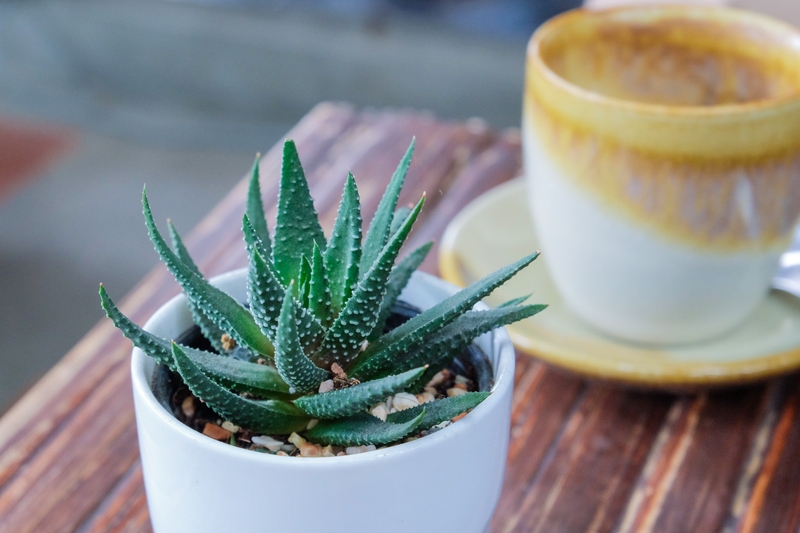Best Practices for Drying Herbs in the Summer Garden
Posted on 18/09/2024

Summer is the perfect time to make the most of your garden's bounty and harvest the herbs that you have been tending to all season long. But once you've harvested, drying those herbs is a must if you want to preserve them for future use. Drying herbs correctly can help to retain their flavors and aromas, so it's important to follow some key best practices when preserving your crop in the summer months.
Choose the Right Herbs for Drying
Not all types of herbs are best suited for drying. Some, like parsley, are better used fresh. For these reasons, when harvesting your herbs it's important to choose varieties that are well-suited for drying, including oregano, thyme, rosemary, dill, bay laurel leaves, lavender and sage. Selecting bundles at the right time is also important, as many herbs contain essential oils and other volatile compounds that degrade over time. The best time to harvest most herbs is just before they begin flowering or setting seed.
Harvest With Care
When you're ready to harvest your herbs make sure you do so with care. Only select healthy specimens and handle them gently. Take care while snipping branches or picking leaves off stems as you want the brush against the leaves to be as minimal as possible. This will help to preserve both flavor and aroma which can quickly dissipate when handling plants roughly. Be sure to remove any diseased or damaged leaves from the bundle before moving on with drying process.
Handle Correctly After Picking
Now that you have harvested your herbs, how you go about handling them afterward will have an impact on how they dry out properly later on. To avoid wilting and loss of flavor act quickly after harvesting your selections by tying them in small bunches and hanging them upside down in a warm place away from direct sunlight. If your indoor space isn't adequately ventilated consider doing this outdoors instead in a sheltered location where they won't be exposed to rain or strong winds.
Dry Quickly
When it comes to drying longer stemmed herbs like oregano or thyme quickly is key. For safety reasons it's recommended to spread out freshly harvested bundles onto shallow trays no more than two inches thick so that air can circulate around each one evenly and speed up the process. Position each tray some distance apart from each other so that they are not touching and place them in a warm area away from direct sunlight but with adequate ventilation either outdoors or indoors -- such as a windowsill or conservatory -- where temperatures stay cool but are not too humid. The aim here is for circulation of air around each herb while allowing light through but without letting too much heat penetrate them causing rapid wilting rather than dehydration making sure humidity levels remain low at between 35 - 50%.
Monitor Efficiently
Once placed on trays it's important to monitor their progress throughout the drying process regularly since this may take somewhere between 2-4 weeks depending on environmental factors like humidity levels amongst others, checking for signs of dryness such as brittle stems that snap when bent or little tugs of resistance when trying to detach leaves from stems or buds off petals being indicators of readiness as they indicate dehydration has taken place -- although this varies depending on type of plant matter -- so taking notes and writing down timespan per plant type will help track this progress efficiently as it occurs over time once temperatures have dropped below 70?F during night hours yet staying warm enough during day time. The easiest way being placing thermometers around garden area closeby where plants are hung or placed on trays
Store Away Properly
Once satisfied with level of dryness attained remove crushed dried parts carefully discarding remains rather than attempting rehydration processes at home unless strictly instructed by certified herbalist since heating up fresh material poses significant risks as well as attempting complex processes beyond normal scope instead transferring contents into clean airtight containers such as jars bottles bags etc trapping aroma while allowing small amounts of oxygen remaining blocking contaminants from entering thus promoting preservation duration over several months provided stored away carefully bearing temperature drops during winter months into consideration thus keeping material quality unchanged preventing development harmful properties potentially caused by excess moisture.
Final Note
When done correctly preserving summer's bounty of herbs can provide delicious aromas and flavorful treats that last throughout seasons making most out of garden's yield. Here we've discussed what best practices should be followed when drying herbs whether hung outdoors in warm shady areas away from direct sunlight or placed indoors onto shallow trays making sure ventilation maintained proper temperatures monitored accordingly humidity levels between 35-50% checked thoroughly contents transferred into contained once reached desired level brittleness achieved always discarding remains upon completion avoiding rehydrating risking potential health hazards while ensuring longevity storage items selected accordingly. Furthermore if doubtful seek advice qualified professionals avoiding applying complex processes order ensure food safety regulations standards met every step way looking forward making most out summer bounties seen come harvest time.


